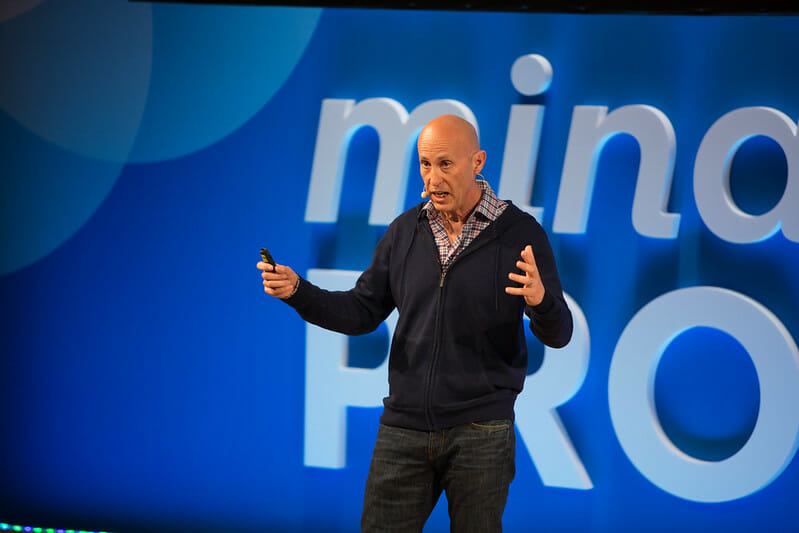 Kathy Sierra recently unleashed a blog post about the impact of cognitive load on people. Kathy goes into great detail and references the latest research on cognition.
Kathy Sierra recently unleashed a blog post about the impact of cognitive load on people. Kathy goes into great detail and references the latest research on cognition.
I was reminded of a situation in a previous incarnation as a satellite engineer that illustrates the problem that cognitive load creates:
There were some satellites that were very, very old. This created a situation where the alarms were going off constantly. This continuous cacophony of alarms created a serious cognitive load on the controllers and engineers to the point where everyone began to tune out the alarms.
This cognitive load created by the continual alarms created an environment that was ripe for human error. It also created a stressful environment.
The alarms had to go, or something really bad (and costly) was going to happen.
The solution was to automate a majority of the operations for the satellites. This halted the constant alarms. With the constant stream of alarms gone, human error dropped to zero and stress was greatly reduced.
The constant stream of alarms didn’t come about because of one thing, but a variety of decisions both in operations and product built up over years.
When you are building a product and looking at alerts, notifications and interruptions (*cough* mobile app notices on sites *cough*), you need to think not only of the current situation or activity, but also of how this interruption is placed within the broader product and users’ workflow. While you might think the interruption is warranted because it is ‘very important’ right now, this might be the 14th interruption they’ve received from your product in this single workflow.
Tips to Reduce Cognitive Load
As you look at your product and the workflow keep these things in mind:
- Your product isn’t the only thing they are using. While you may think people are approaching it fresh, assume they aren’t and have diminished cognitive capacity.
- Use subtle interruptions that don’t break flow. Feedback is important to users, but keep it proportionate to the situation. Consider using a spinner for a button as opposed to an in-your-face popup.
- Understand users are going to make mistakes and allow them to recover. A good example is MailChimp’s delete flow, which specifically asks the user to type DELETE in order to prevent costly mistakes.
- Don’t get in their way. Too many products get in the user’s way and try to get them to do stuff that benefits the company, but doesn’t benefit the user. Focus on making the user experience as great as possible and the company will benefit.
As apps and other digital products get noisier and noisier, we are having to learn how to manage cognitive load for our users by tailoring apps to their workflow and generally being more considerate. New examples of considerate and inconsiderate product design are being found in the wild all the time.
Do you have any examples of the impact of cognative load?








Comments
Join the community
Sign up for free to share your thoughts